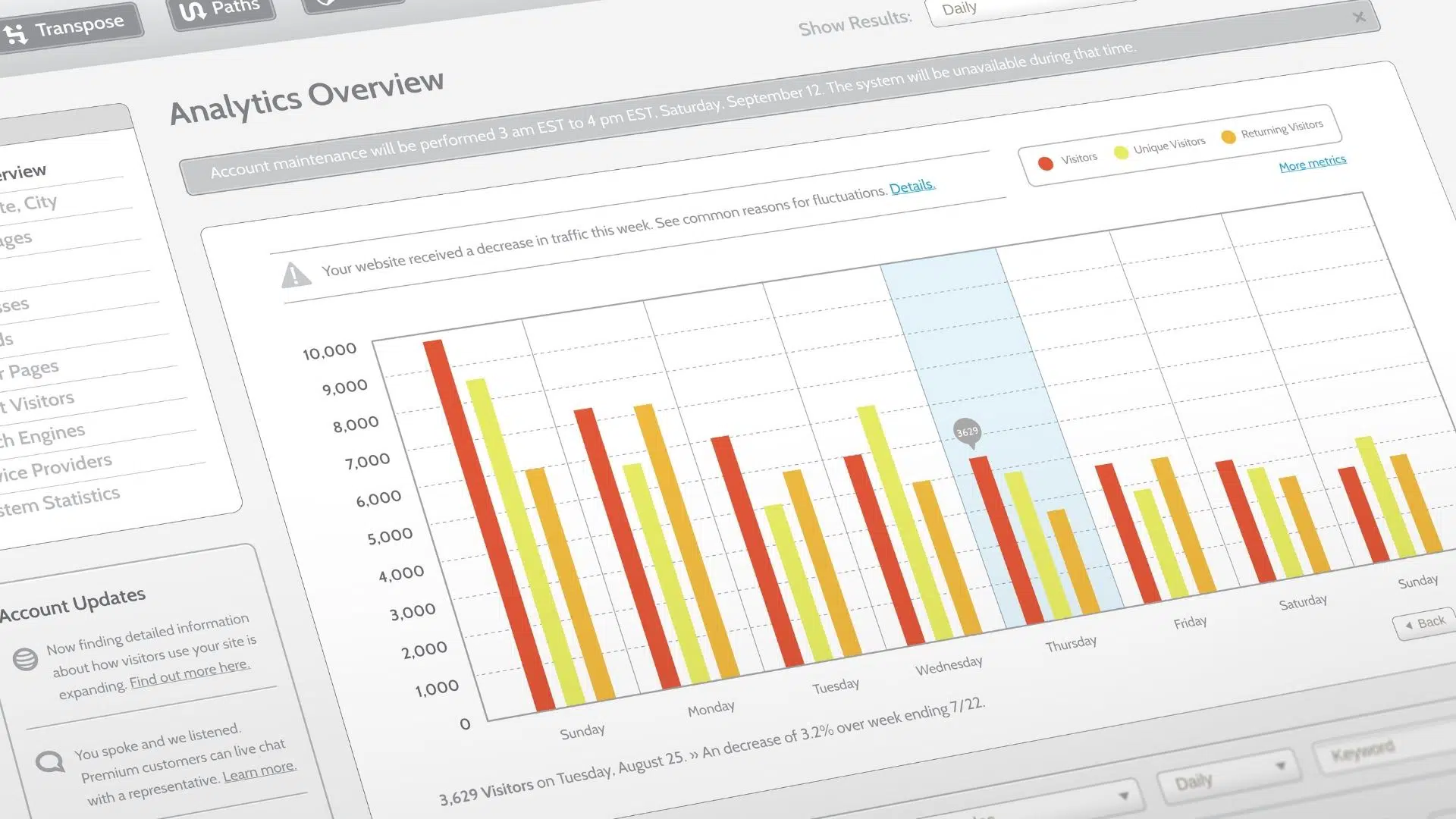March 5, 2014
The President’s Management Agenda (PMA) makes clear the Administration’s expectations for Data Accountability and Transparency.
Like the Administration, REI Systems has made this a focus for our technology innovation, creating award-winning websites like Data.gov, USASpending.gov, Performance.gov, and ITDashboard. Each of these has made more and better data available for public consumption. We believe that the result can be a more transparent, participatory, and collaborative government, made possible by enabling access to datasets across agencies and providing spending, performance, and investment health data.
To effectively execute against the President’s Management Agenda, REI believes that we must move beyond the data collection and exposure efforts that have historically been the focus of transparency efforts, and take a user experience perspective, creating innovative ways to harvest, expose, and illustrate uses for data that will provide value to Americans, while also allowing America to take the data, commercialize it, innovate, and create new greater benefits.
The innovations that will take government transparency to a new level of real-world utility will:
- Focus on customer interests. Hundreds of thousands of datasets are exposed; the focus should shift to determining which types of data people are most interested in viewing and analyzing.
- Facilitate independent research and analysis. Selecting the right tools will enrich the utility of existing transparency websites and turn them into collaborative analysis engines.
- Create opportunities for new insights by combining data in different ways. To provide new value to the government, make the combination of existing open-source data streams and data manipulation easier and more intuitive.
Transparency data is only useful if people want to use it.
The salient challenge of forward-looking transparency initiatives will depend on the ability to determine which datasets customers are most interested in using and then applying those determinations to enhance the quality, availability, and functionality of the datasets. Decision-makers can use tools like website traffic analysis on government transparency sites to determine whether the site is efficiently putting data and analysis tools in the hands of citizens. Objective assessments of customer interest can also increase public participation in government. For example, REI’s website traffic analysis on BusinessUSA.gov provided information on the number of returning and unique visitors, the ability for keywords to drive traffic to the site, recurring and new topics searched for, geographical locations of visitors, and the devices used to access the site.
This information has helped decision-makers provide new and higher quality data within the most popular domains in the ways that customers want to see it. A focus on customer interests will increase the real-world value of transparency initiatives and improve government effectiveness while strengthening public trust.
Transparency’s future is informed by trends in technology.
The future of government transparency will depend on the ability for vendors to leverage innovative trends in technology. The Comprehensive Knowledge Archive Network (CKAN), a web-based open-source data management system, represents the future of transparency websites because it does not rely on manual processes to pull data from sources, provides geo-spatial capabilities out of the box, and has a high adoption rate—over 70 local, national, and international governments. Developers must equip websites with data management systems that make data easily accessible and provide tools to streamline publishing, sharing, finding, and using data. CKAN’s features help constituents access a greater variety of data at the click of a button, with greater opportunities for collaboration across the transparency space
Real transparency enables critical thinking and creativity.
While making data available to the public is a critical step toward a transparent government, the ability to use this data to create new mashups, visualizations, and predictive analytics is the crux of real transparency. Audiences hoping to leverage transparency will be asking: “What have we never thought of?” The next wave of successful transparency initiatives will enable these answers through innovative, intuitive ways to conjure and critically evaluate potential relationships between data and will reveal new insights that have lasting impacts on government operations, performance, and spending.
Download PDF of the following White Paper here.




